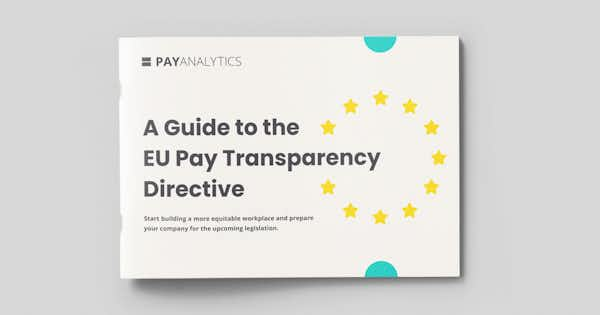Guida alla certificazione della parità di genere in Italia | Scarica il nostro e-book gratuito

Pay Transparency Requirements Take Effect in New York City
Companies hiring in New York City have been changing the way they advertise job openings in response to the new pay transparency law. The New York City pay transparency law's effective date was November 1, 2022, and since then, companies with four or more employees must post the pay range for every job posting. The law covers all NYC-based companies. It also covers companies beyond city limits posting remote jobs that may be filled by NYC-based workers.
New York City Pay Transparency Law Also Causes Confusion
The law seems straightforward: every job listing must include a minimum and a maximum salary or hourly wage. However, this is causing consternation for some employers and confusion for many job seekers. This is because the law is not specific about how companies should determine pay ranges or about how wide pay ranges can be. It states only that the numbers must be “good faith” estimates of the salary range.
According to Bloomberg News, which has been analyzing new job postings, some companies have started posting huge pay ranges. In some cases, the maximum pay is over twice the minimum. To job seekers, these pay ranges seem too large to be meaningful. These job seekers then wonder whether the company is really reporting its pay ranges “in good faith” and what it might actually pay for the job.
Meanwhile, at least one compensation analytics firm has speculated that employers are worried that current employees will see the posted ranges and become upset.
Pay transparency legislation like New York’s can be challenging. However, we’ve seen that the best response is generally for companies to go through the tough work of clarifying their pay structures internally. This means making sure that pay ranges are determined based on objective, gender-neutral criteria that the company can explain to current and potential workers. Defined criteria should also be used to figure out where employees and new hires should fall within those pay ranges.
After laying this groundwork, companies can then post pay ranges that are truly “in good faith”. They’ll also be better prepared to respond to current employees’ questions about their pay.





